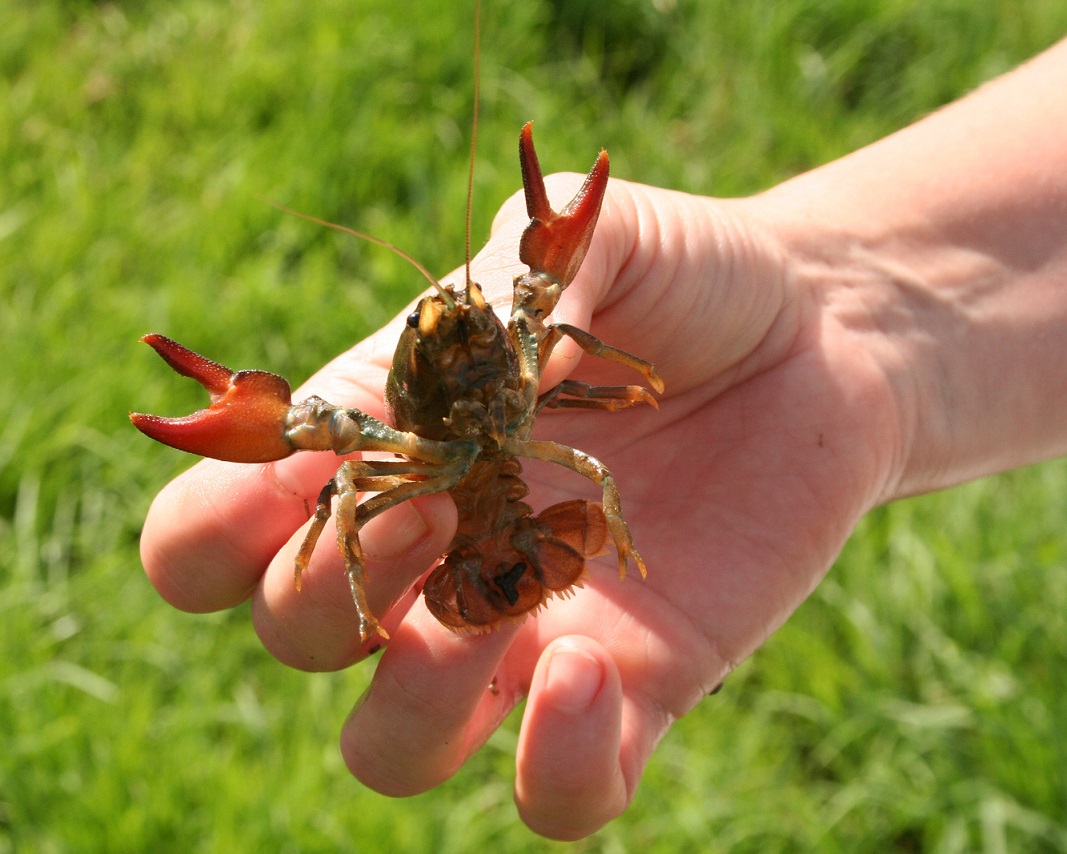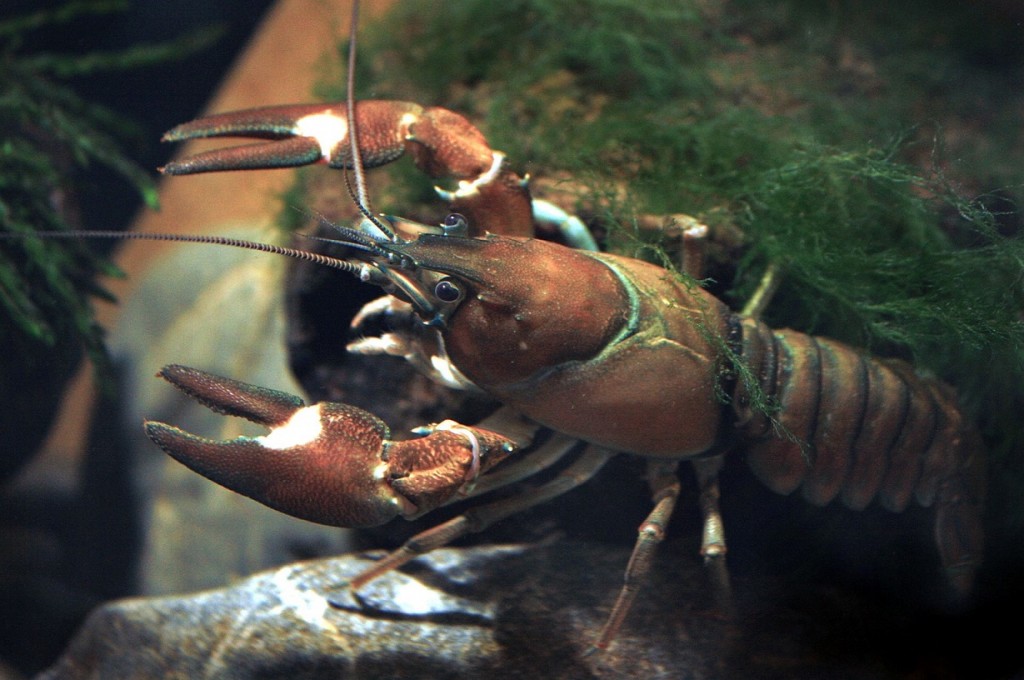Vespa Velutina also referred to as the Asian Hornet, or the yellow-legged hornet, is an invasive species of hornet which seems to be making a big impact in Spain.
Where I’m now based in Galicia, the Velutina are common in my garden and in the past few weeks have really come out in force. They seem to love pear trees, fig trees, grapevines, and just about any other sweet fruits. Obviously there’s nothing about them which makes them edible – I just wanted to share my own findings about them here on the blog.

They’ve not just spread to Spain though; they’ve also been found commonly in France and Italy, and it’s highly likely they’ll eventually go further – there have been a few sightings in the UK, but most of those seem to have been dealt with pretty swiftly by relevant authorities.
Here’s a PDF from the UK’s Non-Native Species secretariat organisation (NSSS) on identifying the Asian Hornet.
How to catch the Asian Hornet (Vespa Velutina)
For me I’ve simply been using old plastic water bottles to catch Velutina, making use of old beer, wine, or a mixture of sugar and vinegar.
Instructions for making a Vespa Velutina trap:
- Take a large (1 litre+) plastic bottle and carefully remove the neck.
- Take another large plastic bottle and mid-way down the side cut a small circle, large enough to insert the neck of the other bottle. This will be the entrance Velutina use to get inside the bottle.
- Fill the bottle with a sweet liquid; old beer seems to work well (around 4% ideally) or wine.
- Tie string around the bottle (if your bottle has a plastic handle, this works perfectly) and hang in a suitable location, such as a fruit tree.
- Monitor the trap regularly to ensure you’re not trapping and killing native bees, wasps or other insects.
The idea is that the Velutina can enter the trap easily, being funnelled inside, but lack the ability to escape through the same entrance (which is only a few millimetres in diameter from the inside). There’s more information available on trapping Velutina here from the National Bee Unit, based in the UK.
How long have Vespa Velutina been in Spain?
According to Google Trends, it’s clear that searches for “Velutina” really took a sharp rise in Summer last year within Spain – check the graph from Google below. According to this, the last few weeks in July saw a huge increase in searches within Spain – so this is likely when Velutina are most active in that particular country.
If we look specifically at the regions within Spain that have a problem with Velutina, we’d probably determine that Galicia seems to the region most affected by them:
Reporting Vespa Velutina sightings or nests
Nests are extremely dangerous and shouldn’t be tackled on your own. Ideally you should contact your local council authority to ask for advice when it comes to removing Velutina nests. They are too dangerous to even consider attempting to remove without professional help.
Have you been indundated with Velutina where you are? I’d be interested to hear – especially if you have any other tips on catching them, or which baits to use in the trap.




